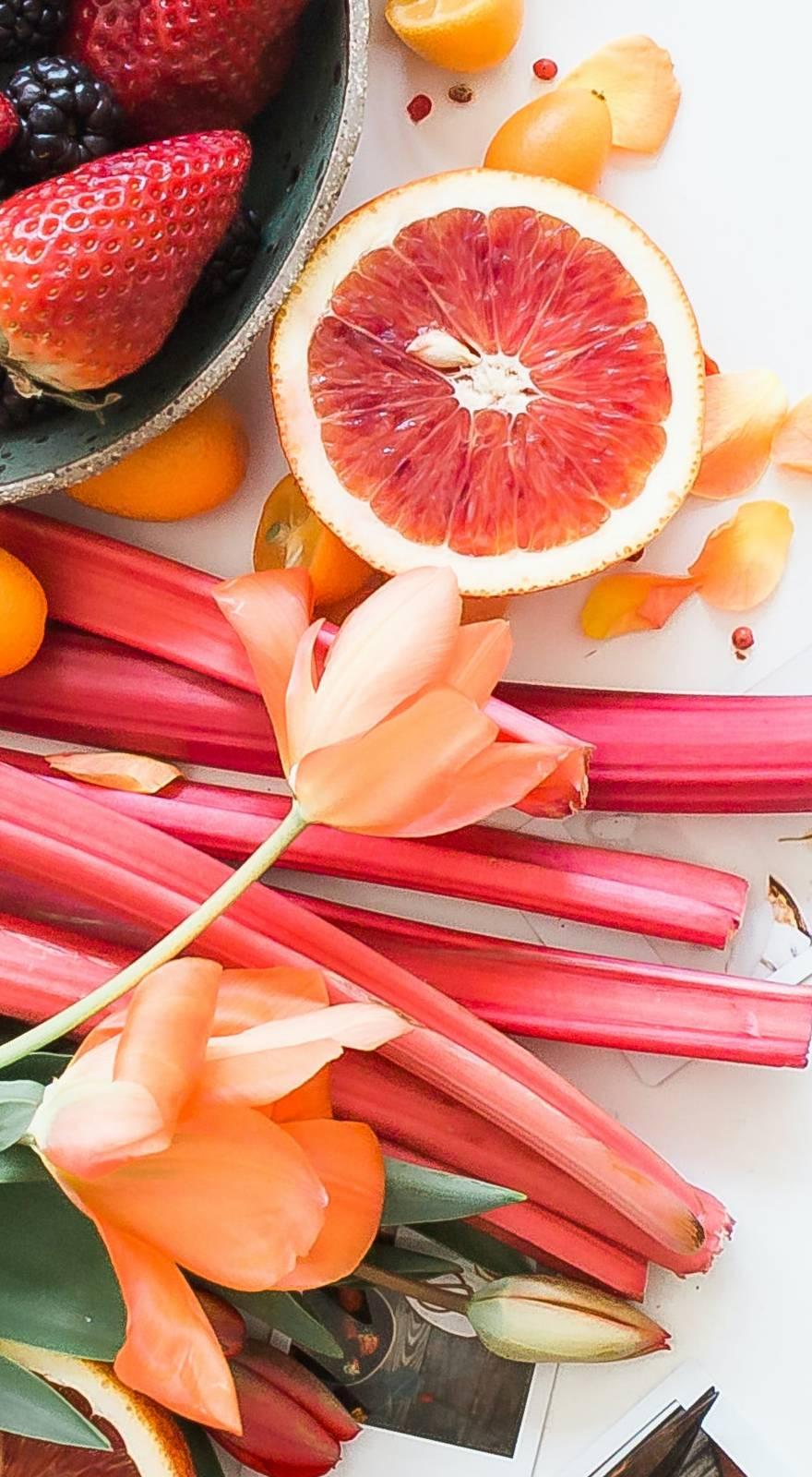Knowde Enhanced TDS
Identification & Functionality
- Ingredient Name
- Ingredient Origin
- Food Ingredients Functions
- Ingredients
- Wakame Seaweed
- Product Families
- Geographical Spread and Harvest Season in Europe
Winged kelp grows naturally in Europe along coasts where there is severe wave exposure, such as Norway, Svalbard, Atlantic France, Channel Islands, Britain, Ireland, Netherlands, Heligoland, Baltic coasts, and Iceland. Worldwide, it can be found (and cultivated) in North America in the New England states, Canadian Maritime provinces, Labrador, the Canadian Arctic, and Greenland. In Asia, it is commonly found in Japan, Korea, Kuriles, Sakhalin, and Kamchatka.
Alaria esculenta is a perennial crop and lives for 4 -5 years in the Irish Sea and up to 7 years in Norway. It grows fastest from late winter to spring, at rates of 1 to 5 cm per day. Growth rates decline starting in June, and may cease in late summer. Harvesting in Europe normally takes place between April and June.
Features & Benefits
- Benefit Claims (Health)
- Food Ingredients Features
- Characteristics
Alaria esculenta's common name in English is winged kelp, most likely because the seaweed has a large central midrib that grows wavy membranes on either side that resemble wings. The species name Alaria esculenta literally means "edible wings." It is also known as Atlantic Wakame, and in different areas of the UK, as dabberlocks, badderlocks, mulins, ribini, and Cupog nag Cloc.
Winged kelp typically grows to a maximum of 2–3 meters in length. The midrib branches into wavy leaves up to 7 cm in width on either side. It has a fairly high growth rate compared to other algae, growing 5.5% per day, and achieving a capacity of approximately 2 kilograms of wet weight per square meter.
Applications & Uses
- Markets
- Applications
- Uses in Food
Alaria esculenta can be used for a variety of purposes. It is rapidly gaining popularity in the natural foods market. Some of the potential benefits of winged kelp for health include:
- Rich in nutrients- Vitamin A improves vision by aiding in the synthesis of rhodopsin, Vitamin B increases cellular metabolism, and Vitamin K contributes to bone development and healthy blood cells. Chlorophyll has been shown to help reduce the side effects of pancreatitis. Iodine is a critical mineral in the production of hormones in the thyroid gland. Potassium serves as an electrolyte, a catalyst for utilizing the body's stores of carbohydrates and building proteins, which then serve to enhance muscle growth. Magnesium is critical not only for the growth of bones but also in maintaining a healthy acid/base balance in the digestive tract. Iron enhances the blood's oxygen-carrying abilities.
- Tasty- Its sweet flavor and naturally-occurring monosodium glutamate react with receptors on the tongue to create a unique umami taste.
- Fights cancer- Studies show that fucoxanthin in winged kelp may help to prevent certain kinds of breast and colon cancer.
- Boosts the immune system-Winged kelp in the diet boosts the immune system and reduces the severity of herpes outbreaks.
- Improves cardiovascular health- It has been shown to lower blood pressure, resulting in better cardiovascular health.
- Uses Other Than Food
Many current and potential uses of seaweeds have been identified, such as: agriculture, horticulture and agronomy; esthetics and cosmetics; environmental health, monitoring and remediation; industry; pharmaceutical and pharmacology; and science, technology and biomedicine.
- Carrageenans are extracted from brown seaweed and are widely used for their gelling, thickening, and stabilizing properties.
- Alginates extracted from winged kelp are widely used as emulsifiers and industrial gums. They are used to create soaps, shampoo and conditioners, body wraps, facial masks, makeup creams and gels, and other products.
- Agar, created from seaweeds such as winged kelp, is universally used in laboratories as a substrate for bacteria cultures. No satisfactory substitute for laboratory agar has been found so far.
- Properties of winged kelp derivatives such as fucoidan and laminarin are being investigated by the pharmaceutical and medical professions.
Technical Details & Test Data
- Nutritional Content
Winged kelp is rich in calcium and contains many vitamins, particularly Vitamin A, Vitamin K, Vitamin C, and numerous B vitamins. It contains beneficial minerals such as magnesium, iron, potassium, and iodine, beneficial elements such as nitrogen, boron, radium, rubidium, cadmium, cobalt, nickel, and is extremely high in dietary and soluble fiber.
Alaria esculenta also contains enzymes, chlorophyll, beta carotene, sugars, and protein, and is particularly rich in fucoxanthin, a substance that is believed to control blood glucose levels, promote weight loss, and fight cancer. It contains up to 42% alginic acid.

